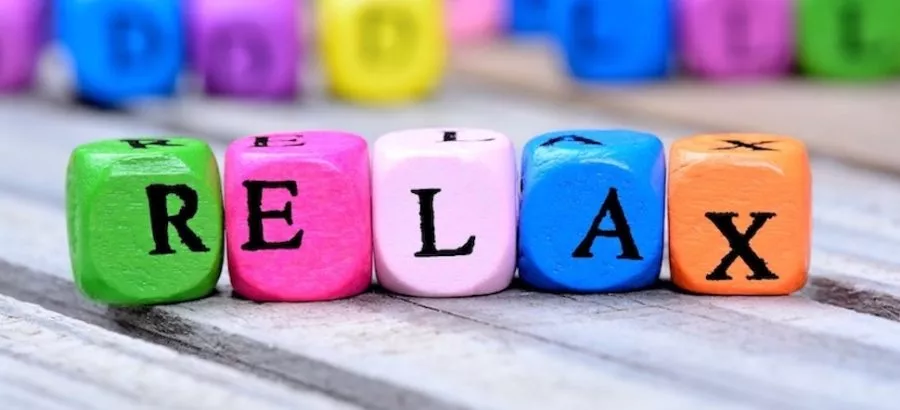It’s news to exactly no one that being an educator is stressful. Long hours are spent in an environment that churns with mental, visual, and emotional stimulation. And when what should be the end of the work day finally arrives, there is still more to do.
For educators, the list of stress and anxiety-inducing triggers is endless—and potentially dangerous to your career and health. Whether you're nearing burnout’s precipice, or already staring into the abyss, meditation can help. In this first installment of a two-part series about mindfulness, learn what meditation is (and what it isn’t) and how to create a practice.
Why Meditate? In a world filled with inputs, meditation gives your
mind a rest. It also can help you to learn how your mind works. Instead of paying attention to your swirling thoughts— “I’ll never get these papers graded in time.” “I always knew that parent didn’t like me.”—you will attend to your breath and train your mind to bring similar focus to day-to-day life. That’s all “mindfulness” means: It's having the ability to direct the mind to pay attention to one thing.
Will Meditation Make Me Happy? Nope. But focusing on your breath in meditation helps your mind learn to focus on the present moment. And it’s that ability to keep your mind in the present moment—not ruminating over something in the past, or worrying about something in the future—that lays the groundwork for the calm, happiness, and increased efficiency that often are attributed to meditation.
Where Do I Begin? Insert small pauses into your day. Sit silently in your home or your car before heading into school, or on your bed when you wake up or before you go to sleep.
How Do I Create a Practice? Select a time of day and a location. Sit upright in a comfortable chair with your feet flat on the floor and your hands palms down on your legs. You may also sit cross-legged on a floor cushion. You’ll benefit more from a quick two-minute daily practice than a 30-minute practice that only happens once a week. Think of your mind as a muscle and meditation as its gym. Like your body, your mind will respond better to regular sessions.
It’s the ability to return to the breath in meditation that enables us to return to a task, a conversation, or a lesson in everydaylife, and not be totally sidetracked by worries and thoughts.
Now What? Set your timer. Five minutes is a great place to start.
Close your eyes, or cast your gaze toward the floor, and begin to notice your body. If you feel areas of tension—the most common are abdomen and shoulders, where many of us hold stress—imagine directing your breath to those areas and encouraging them to relax. Next—and without losing the sense of relaxation—sit up tall and straight. Many of us also hold tension in our jaws, so relax that area by closing your mouth and keeping your lips and teeth slightly parted.
Do I Breathe in a Special Way? No. Focus on the flow of your natural breath. Take a moment to notice where you feel your breath the most. Is it the air entering your nostrils, or exiting? Your breath may be most noticeable in the rise and fall of your chest, or the movement of your abdomen. Place your attention there.
How Do I Stop Thinking? You won’t. Just as it's not possible to ask
your skin to stop feeling, you can't tell your mind to stop making thoughts. That’s its J-O-B. Thoughts will come and go. Just keep your attention on your breath, and when you realize a thought has distracted you, return your attention to your breath. It’s the ability to return to the breath in meditation that enables us to return to a task, a conversation, or a lesson in everyday life, and not be totally sidetracked by worries and thoughts.
What If I Miss A Day? That’s fine. The most important thing to remember is that the reason we meditate is so that we can approach others with patience and compassion. What better place to start than with ourselves?
Lisa Leigh is the editor of NEA Today and NEA Today for NEA-Retired Members. She is a 200-hour registered yoga teacher and a certified meditation instructor.


